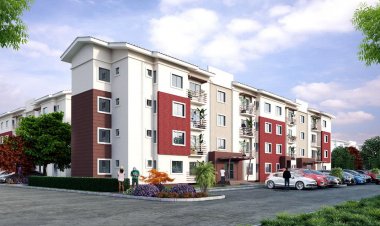The Pitfalls of Ill-Advised Home Renovations: A Quest for Value Gone Wrong
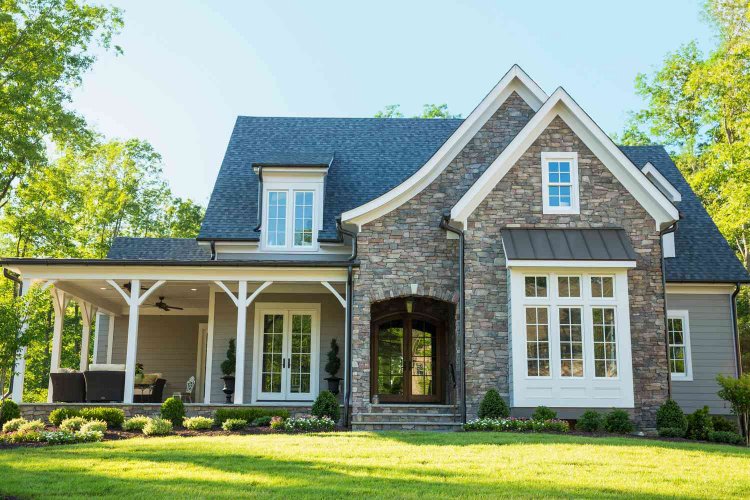
In the pursuit of increasing property value, homeowners often embark on renovation projects with the intention of enhancing their homes' overall appeal. However, not all renovations are created equal, and there are instances where seemingly well-intentioned efforts end up backfiring and diminishing rather than augmenting a home's value. Some of the worst renovations that have been attempted in the name of adding value to homes include:
1. Overly personalized spaces:
One common mistake homeowners make is undertaking renovations that cater excessively to their personal tastes. While it is natural to want a home that reflects one's style and preferences, going overboard with unique and eccentric designs can alienate potential buyers. For instance, converting a bedroom into a highly specialized hobby room or incorporating bold and unconventional color schemes may limit the property's appeal in the real estate market.
2. Excessive room conversion:
In an attempt to maximize space or adapt to changing needs, some homeowners convert rooms in ways that prove detrimental to the home's market value. Converting a garage into an extra bedroom or repurposing a spacious living room into multiple smaller rooms may disrupt the home's original flow and functionality. Buyers often seek flexible spaces that can adapt to their own preferences, and such conversions may limit the appeal and overall value of the property.
3. Poor-quality DIY renovations:
While do-it-yourself (DIY) projects can be rewarding and cost-effective, subpar craftsmanship and shoddy materials can significantly diminish a home's value. Inadequate installation, improper finishes, and non-compliance with building codes are common issues arising from poorly executed DIY renovations. Buyers are likely to be deterred by the prospect of having to rectify these problems, leading to a devaluation of the property.
4. Eliminating essential features:
In an effort to modernize a home, some homeowners make the mistake of removing essential features that are highly sought-after by potential buyers. For instance, removing a bathtub from a bathroom or eliminating a fireplace in a living room might seem like an upgrade, but it can negatively impact the property's appeal, particularly for families or those seeking traditional elements. Careful consideration should be given to preserving key features that contribute to a home's value.
5. Inconsistent renovation styles:
Maintaining a cohesive design throughout a home is crucial for creating a harmonious and visually appealing living space. However, homeowners often make the mistake of incorporating clashing renovation styles, resulting in a lack of coherence and aesthetic appeal. Mixing contemporary and traditional styles haphazardly or incorporating trendy but short-lived design elements can deter potential buyers and reduce the home's value.
While home renovations can be an effective way to add value, it is essential to approach them with caution and a long-term perspective. The worst renovations are often characterized by overly personalized spaces, excessive room conversions, poor-quality DIY work, the elimination of essential features, and inconsistent renovation styles. By avoiding these pitfalls and focusing on renovations that enhance functionality, aesthetics, and broad market appeal, homeowners can make informed decisions that truly increase the value of their homes.
If you have a real estate press release or any other information that you would like featured on the African Real Estate Blog Post do reach out to us via email at [email protected]

 AREBP
AREBP 






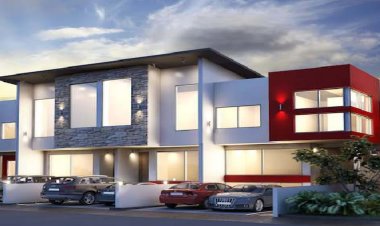
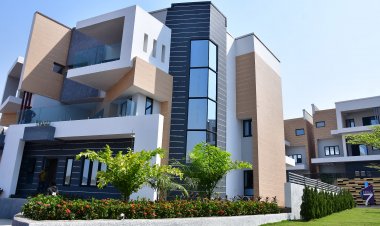
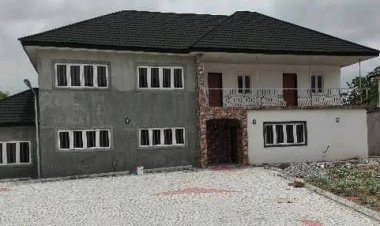

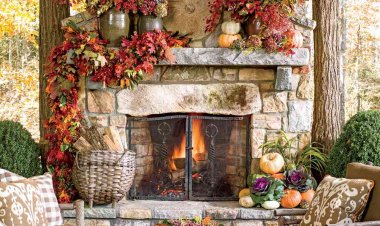
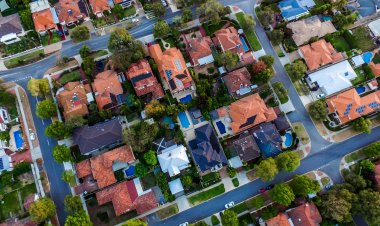











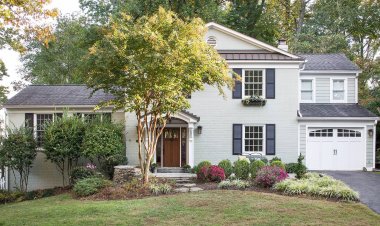
![7 Famous Architectures in Africa [PHOTOS]](https://realestateblogpost.com/uploads/images/2023/05/image_380x226_646c9c2bd8642.jpg)




![4 Indigenous Tribes Living in Huts in East Africa [PHOTOS]](https://realestateblogpost.com/uploads/images/2023/06/image_380x226_6482dd8b5c94a.jpg)
